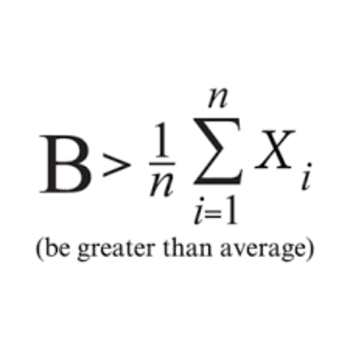How do you find the antiderivative of #f(x)=8x^3+5x^2-9x+3#?
2 Answers
Like this :
Explanation:
The anti-derivative or primitive function is achieved by integrating the function.
A rule of thumb here is if asked to find the antiderivative/integral of a function which is polynomial:
Take the function and increase all indices of
Or mathematically:
You also add a constant to the function, although the constant will be arbitrary in this problem.
Now, using our rule we can find the primitive function,
If the term in question does not include an x, it will have an x in the primitive function because:
So , simplified the antiderivative becomes:
Explanation:
The anti-derivative of a function
Therefore,
We are going to need some integral rules to solve this problem. They are:
And so, we get:


